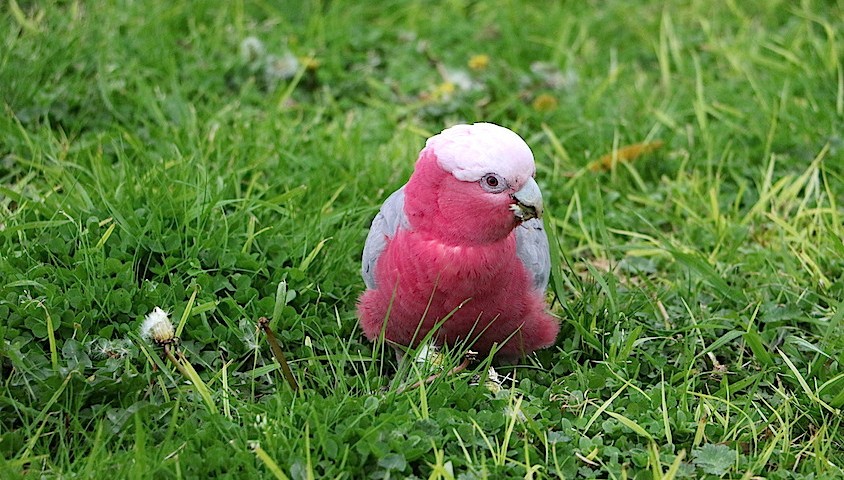The humble pocket field guide may soon go the way of the Lord Howe parakeet following the release of a new, comprehensive database of Australia’s native birds.
Researchers from Australian universities have spent thousands of hours compiling research in a project that began as an academic database, but has now resulted in the largest single catalogue of Australian bird species in existence, as described in the journal Nature.
The database incorporates each of the 2056 species’ and subspecies’ evolutionary trees, conservation status, physical features, habitats and diets – all of which has been published online and is now available for public use via its own DOI (digital object identifier).
Daisy Duursma, a researcher at Macquarie University and co-author of the paper describing the database, said that she had become involved with the project after beginning work on her PhD.
“We were working on a project across all species of birds and I was compiling a very wide array of data,” Duursma told Wild. “Much of this information was already published, but it’s published in a wide variety of places or in some cases only partially published. What we needed was a complete database.”
It was during this discovery phase of her work that Duursma contacted Stephen Garnett, who happened to already have such a database and she subsequently became another key member of the compilation work.
“Stephen had been building his own database since the early 90s, which was all being distributed on disks. After further discussions we realised we had the mutual goal of releasing a comprehensive database to the public.”
Garnett, Duursma and others have since gone on to produce a database that can be used as a reference for ornithologists at various levels, with data relevant for management-level discussions and ecology. Duursma describes the true benefit for professionals as reducing “duplicate effort by researchers and managers.
The general public, however, may find it useful as a way of accessing aggregated information on individual species quickly and easily.
“For example, if a person was interested in the superb fairy-wren, they could quickly see that: 100 per cent of the population breeds in Australia; that it feeds and breeds in heath lands, forest, agriculture and urban areas; it eats seeds and terrestrial invertebrates and typically it feeds at shrub height or on the ground; it feeds in pairs or flocks but never by itself; typically it lays three eggs but nests can have as few as one or as many as five; the nest are solitary and not colonial; and these birds normally only travel locally and do not migrate,” said Duursma.
“No bird ID books would have this level of information, but for many individuals this would be interesting. The database also includes a range of information of the legal or conservation status of birds in different states and under lists or plans such as IUNC, Bonn, EPCC, Red List and so on.”
The data is currently available in CSV format, which may not be seen as the most user-friendly by some casual users. However, in that format the database is ideal for being incorporated into more visual guides or catalogues, such as BirdLife Australia’s Birdata. It also meets the requirements of its creators as a reference for academic use, and while Garnett’s original disk-based database has already been used in many studies to-date, this new database will provide a more comprehensive base for researchers to work from into the future.


